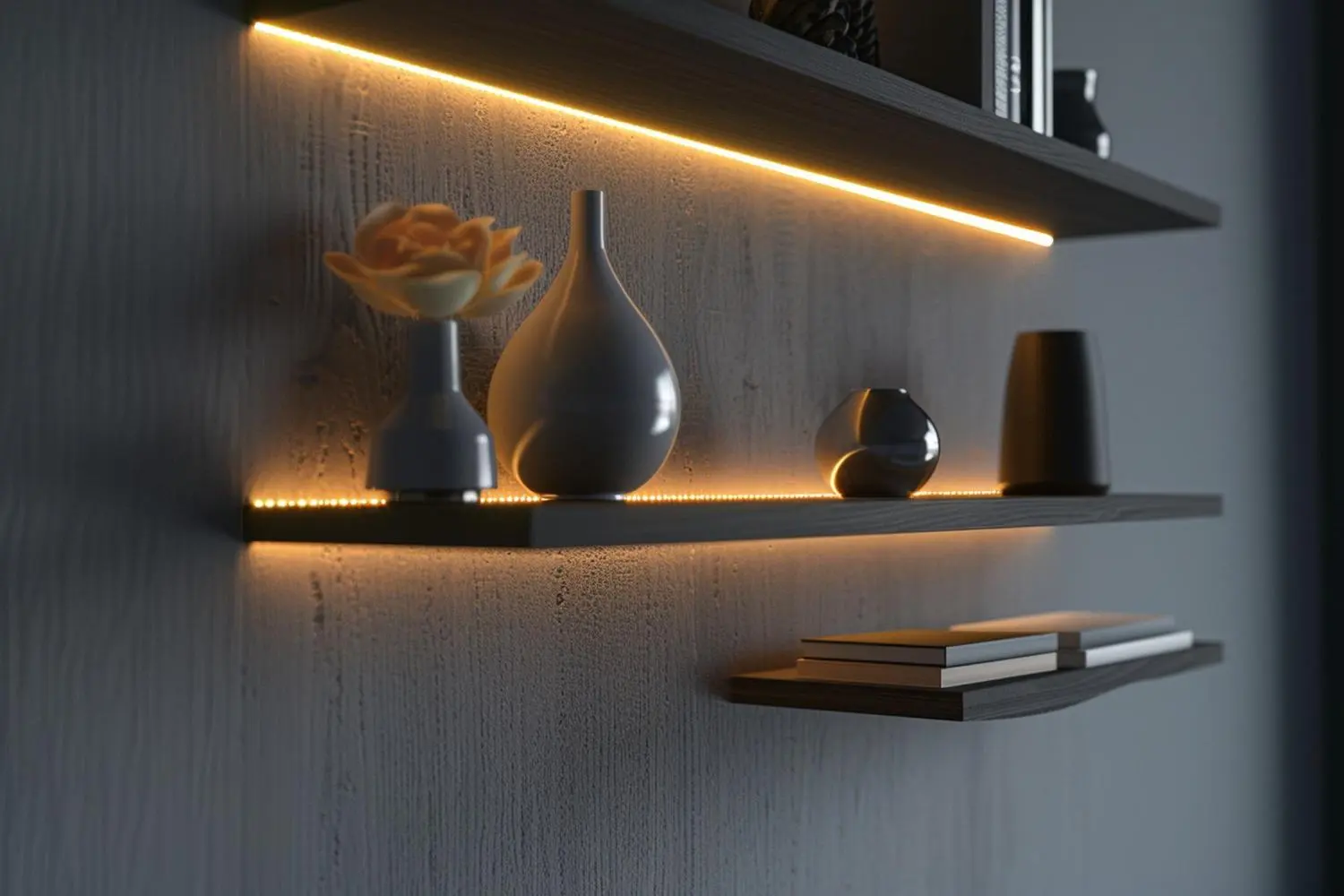
The Ultimate Guide to Built-In Shelf Lighting
Explore guide to built-in shelf lighting. Learn about LED strips, puck lights, recessed lights, tape lights, and their installation tips for perfect ambiance.
嘿,舞台愛好者!
曾經去過現場音樂會或戲劇表演並發現自己完全被燈光的表演所吸引嗎?那些神奇的光束劃破黑暗,創造圖案,說故事,為舞台增添一抹耀眼的光彩?嗯,很多魔法來自於 雷射燈.
雷射燈徹底改變了我們體驗現場表演的方式。它們不僅僅是明亮的光束和精美的圖案。它們的目的是營造氣氛、增強敘事性,並使舞台上的那些時刻真正令人難忘。無論是大型音樂節還是私密的戲劇製作,雷射燈在為觀眾創造「驚嘆」時刻方面都發揮著關鍵作用。
在接下來的部分中,我們將深入了解舞台雷射燈的世界,探索它們的歷史、各種類型以及它們如何改變舞台表演領域。因此,如果您想了解更多資訊或計劃向他們介紹您自己的舞台設置,那麼您將會獲得啟發!讓我們開始吧。
啊,歷史!看到事情從哪裡開始以及它們如何演變總是令人著迷的,對吧?舞台雷射燈的故事也不例外。
舞台雷射燈的故事始於 1960年代,在雷射本身發明後不久。這是一個簡短的回憶:
1960年代: 雷射的誕生。它最初並不是為舞台設計的,但創新者很快就看到了它的潛力。早期的雷射體積龐大、價格昂貴,而且功能有限。但它們是新穎的、令人興奮的,並為表演增添了獨特的觸感。
1970年代:雷射開始出現在搖滾音樂會。隨著技術的進步,它們變得更加充滿活力和多才多藝。還記得那些帶有迷幻雷射圖案的標誌性搖滾表演嗎?是的,這就是你的 70 年代。
1980年代:進入電腦控制的雷射系統。這些允許更複雜的模式和與音樂的同步。雷射表演變得更加動態和精確。
20 世紀 90 年代和 2000 年代:隨著電子音樂和銳舞文化的蓬勃發展,雷射成為夜總會和音樂節的主打產品。它們更明亮,有多種顏色可供選擇,並且可以以創新的方式使用來增強整體表演體驗。
2010年代至今:如今,雷射燈比以往任何時候都更加先進。它們被用於各種舞台表演,從戲劇到音樂節。它們更節能、更安全,並且可以創造出曾經被認為不可能的令人驚嘆的視覺效果。
舞台雷射燈的歷程反映了舞台表演本身的演變。從不起眼的開始到成為盛大演出中不可或缺的一部分,這些燈光確實取得了長足的進步。隨著科技不斷進步,誰知道他們的未來會怎樣?但有一件事是肯定的:在未來的幾年裡,它們將繼續讓我們眼花撩亂。
舞檯燈光 對外行人來說,這似乎有點像魔法。前一刻,您還沉浸在柔和的環境光輝中,而下一刻,您就會被令人眼花繚亂的圖案所包圍,這些圖案似乎隨著音樂翩翩起舞。這些照明奇蹟的核心是什麼?雷射燈。讓我們探索有助於創造這些迷人效果的不同類型的舞台雷射燈。
當您想到雷射時,您可能會想到一束筆直的聚焦光束。這就是光束雷射的本質。
特徵:這些雷射產生強烈、狹窄的 光束,使它們高度可見,尤其是與霧或霾結合時。
主要用途:
光束雷射的集中光線確保它們仍然是舞台上創造高能量時刻的最愛。
將掃描雷射視為用光繪製圖案的藝術家。
特徵:
理想場景:
掃描雷射為混合帶來動態運動,為空氣塗上光和色彩。
想看透過雷射說的故事嗎?動畫雷射是您的故事講述者。
它們有何不同:與可能產生靜態圖案或簡單形狀的其他雷射不同,動畫雷射可以描繪更複雜的場景或角色。
他們可以創造的視覺效果:
有了動畫激光,一切皆有可能。它們提升了舞台表演的水平,將其變成令人著迷的視覺敘事。無論是舞龍還是漂浮的城堡,這些雷射都用光編織著故事。
舞台雷射技術的這些進步徹底改變了現場表演,提供了更生動、更具視覺吸引力的雷射顯示。雷射二極體技術的整合使燈光設計師能夠創造出令人著迷的視覺元素,而軟體整合則可以對雷射效果進行複雜的控制,從而增強舞台製作的整體影響力。互動系統的出現促進了表演者、觀眾和雷射顯示器之間的即時互動,創造了深度沉浸式的參與式體驗。
此外,3D雷射測繪、光束整形技術和改進的安全功能進一步擴大了創作潛力,並確保了表演者和觀眾的安全。
舞台表演通常依靠燈光來營造氣氛,強調關鍵時刻,並為觀眾創造身臨其境的體驗。在舞檯燈光領域,雷射燈光效果堪稱皇冠上的寶石,每一種效果都有其獨特的奇觀。讓我們深入研究其中一些迷人的效果,並探索它們如何豐富我們的視覺體驗。
是否曾經感覺自己在水下,即使實際上並非如此?這就是液體天空效果的魔力。
描述:一片雷射光束散佈在空間中,通常與霧氣或薄霧結合。結果類似於平靜的大海起伏的波浪或北極光的飄逸舞蹈。
當它被使用時:
這種效果因其能夠將觀眾帶入夢幻、超凡脫俗的境界而廣受歡迎。
如果您想要體驗以超快速度穿越太空的感覺,那麼隧道效應就是您的最佳選擇。
描述:雷射燈的圓形或螺旋圖案營造出視覺隧道。當與霧結合時,這種效果會增強,使隧道看起來幾乎是實心的。
魅力與應用:
隧道效應很受大眾歡迎,為空間增添了深度和活力。
想像一下,你正處於一場輻射狀、倒轉的龍捲風的中心。這就是適合您的錐體效應。
視覺吸引力:多束雷射光束從一個點發出,以錐形向外擴展。就像置身於一個光芒四射的漩渦之中。
理想的使用場景:
錐形效果具有無所不包的光芒,非常適合舞台中央值得所有人關注的時刻。
如果有效使用舞台雷射燈,可以改變表演,創造出在幕落下很久之後仍留在觀眾記憶中的視覺效果。但要實現這一目標,正確設定和操作這些燈至關重要。這是有關執行此操作的綜合指南。
每一場精彩的表演都是從幕後開始的。正確設定雷射系統是實現令人著迷的表演的第一步。
選擇正確的位置:找到一個可以讓雷射無障礙地覆蓋所需區域的點。
安裝雷射:將雷射裝置固定在桁架或適當的支架上。確保它們穩定並以與節目主題相得益彰的角度放置。
連接電源線和數據線:確保所有電纜連接牢固、無磨損且不會造成絆倒危險。
測試設備:在進行校準之前,請快速運行以確保所有燈都可以運作。
設定完成後,校準可確保您的燈光不僅正常運作,而且能夠協同工作。
確定演出流程:了解事件的順序、音樂節拍、以及需要同步的關鍵時刻。
調整光束強度和顏色:根據環境,調整每個雷射的亮度和顏色。
與音訊同步:如果您的雷射器設定為響應音樂,請確保它們與節拍和節奏準確同步。
使用軟體工具:許多現代雷射系統都附帶有助於精確校準和同步的軟體。熟悉這些工具以獲得最佳結果。
現在您已完成設定和校準,讓我們確保實際演出順利進行。
保持警惕:現場表演可能難以預測。做好現場調整的準備。
管理過渡:不同效果之間平滑過渡,確保除非有意為之,否則不會發生突然變化。
備份計劃:始終做好技術故障的緊急準備。了解設備的常見問題以及如何快速解決這些問題。
安全第一:切勿將雷射直接指向觀眾。定期檢查安全協議是否到位。
透過這些步驟和技術,您就可以像專業人士一樣操作雷射燈系統,確保每場演出都是視覺享受!
創造有效的雷射表演是一門藝術。這不僅僅是閃光燈的問題;這是關於打造難忘的體驗。讓我們探索一些專家技巧,讓您的雷射表演成為熱門話題。
視聽盛宴是一場出色的雷射表演與一場精彩雷射表演的區別所在。
分析節拍:開始之前,先了解音樂的節奏、節拍和落點。這有助於完美同步雷射。
互補色:不同的音樂流派和情緒有相應的顏色。例如,柔和的旋律可能會搭配涼爽的藍色,而歡快的曲目可能需要充滿活力的紅色。
諧波轉變:確保雷射效果的過渡與音樂的過渡相符。音樂中的柔和淡入淡出應該具有更柔和的雷射過渡。
雷射可以像語言一樣有效地講述故事,甚至更有效。
情節敘述:從一個想法或一個故事開始。它可以像從日出到日落的週期一樣簡單,也可以像太空戰一樣複雜。
個性發展:如果您的敘述中有人物,請用特定的顏色或圖案來代表他們。一致性是關鍵。
強調關鍵時刻:故事中的重要時刻應該要有出色的視覺效果。透過獨特的雷射圖案或更明亮的強度使它們令人難忘。
節奏良好的表演從頭到尾都能吸引觀眾。
避免單調:就像任何表演一樣,雷射表演也應該有高潮和低潮。將快節奏的部分與慢節奏的時刻混合在一起。
響應式雷射器:確保您的雷射對提示做出及時響應。延遲響應可能會破壞節目的流暢性。
熟能生巧:多次瀏覽整個節目。這有助於識別任何節奏問題並微調時間。
請記住,雷射表演的目的不僅僅是為了娛樂,而是為了吸引人。憑藉合適的音樂、引人入勝的敘述和完美的時機,您的雷射表演一定會給人留下持久的印象。
即使是最先進的舞台雷射系統也會遇到問題。但只要掌握一些知識,您就可以及時解決大多數問題並保持演出順利進行。
當雷射燈亮起時,請勿驚慌。讓我們看看一些常見的嫌疑犯及其解決方案。
閃爍的雷射:這可能是由於連接鬆動或電源故障造成的。確保所有電纜均已牢固連接,如果問題仍然存在,請考慮更換電源裝置。
強度不均勻:鏡頭上的灰塵或污垢會影響亮度。用軟布輕輕清潔鏡頭。如果問題仍然存在,則可能是二極體失效的跡象。
顏色輸出不正確:這可能是由於校準錯誤造成的。根據製造商的指南重新校準雷射。
延遲反應: 一般是軟體問題。確保軟體是最新的,並檢查控制設備是否有任何延遲。
及時縫一針可以節省九針,定期保養可以防止許多問題。
日常清潔:污垢和灰塵會影響雷射的性能。使用軟布或吹風機清潔鏡頭和外殼。
韌體更新:製造商經常發布更新來修復錯誤並提高效能。確保您的系統韌體始終是最新的。
通風檢查: 雷射會變熱。確保冷卻系統有效且通風不阻塞。
定期診斷:按照製造商的建議執行診斷測試。這有助於在潛在問題成為重大問題之前識別它們。
透過保持積極主動並了解常見問題,您可以確保您的舞台雷射系統每次都能提供完美的性能。定期維護和快速故障排除是持久且高效的雷射表演設置的關鍵。
選擇完美的舞台雷射燈可能是一場精彩表演和令人難忘的表演之間的區別。但面對眾多的選擇,您該如何做出正確的選擇呢?歸根結底是了解您的需求並知道要尋找什麼。
在深入了解雷射規格和功能的細節之前,清楚了解您的需求至關重要。
場地規模:較小的場地可能不需要超強大的雷射器,而大型戶外活動則需要更強大的雷射。
事件類型:與狂歡或戲劇表演相比,一場親密的聲學音樂會對雷射的需求有所不同。
觀眾:如果您是為小眾人群表演,例如雷射愛好者聚會,他們可能會欣賞(並期望)更複雜的雷射設置。
預算:讓我們面對現實吧,雖然我們都喜歡頂級設備,但有時我們必須在財務限制下工作。
概述您的需求後,需要考慮以下一些因素:
雷射功率:以毫瓦 (mW) 為單位測量,這決定了雷射的亮度。即使舞台上有其他燈光,也可以看到更有效的激光,但它也更昂貴。
色彩能力:您想要單色雷射還是全色雷射? RGB(紅、綠、藍)系統 可以產生一系列顏色?
控制選項:有些雷射可以手動控制,而有些則可以與軟體或 DMX 控制器同步。
安全特性:尋找具有安全措施的雷射器,例如鑰匙開關或緊急停止功能。
可自訂性:如果您喜歡嘗試,請考慮允許客製化效果的雷射。
可靠性和品牌聲譽:有時值得多花一點錢購買以其耐用性和客戶支持而聞名的信譽良好的品牌。
做出正確的選擇需要在了解您的需求和了解可用選項的功能之間取得平衡。透過將兩者對齊,您將找到完美的激光,讓觀眾眼花繚亂,讓每場表演都令人難忘。
舞台雷射燈不僅僅是創造漂亮的效果;它們在增強表演的整體氛圍和感覺方面發揮著重要作用。如果使用得當,它們可以真正提升演出水平,創造出在幕落下來後仍留在觀眾記憶中的時刻。
雷射燈的策略性使用可以增強表演者或表演的舞台表現。就是這樣:
突顯關鍵時刻:使用雷射燈來強調表演中的重要時刻,例如歌曲的高潮或戲劇中的戲劇性場景。
營造氛圍:不同的雷射效果可以喚起不同的情緒 - 緩慢移動的液體天空可能會營造出夢幻的氛圍,而快速、銳利的光束則可以產生興奮感。
吸引註意:雷射可用於將觀眾的視線引導到舞台的特定部分,確保他們不會錯過任何動作。
增強動作:在舞蹈表演中,雷射可以與舞者的動作同步,使每一次跳躍和旋轉更加迷人。
雖然雷射無疑是壯觀的,但當與其他類型的舞檯燈和諧地結合時,它們會發出最亮的光(雙關語!)。以下是創造平衡燈光整體的方法:
互補色:使用彩色舞檯燈時,根據所需效果選擇互補或對比的雷射顏色。
改變強度:並非每個時刻都需要最亮的光束。有時,較暗的雷射效果可以為其他燈光提供微妙的背景。
同步動作:如果您使用移動頭燈或其他動態燈光,請將運動與雷射同步以創建協調的燈光舞蹈。
分層效果:使用圖案片或 聚光燈 用於聚焦照明並添加雷射以獲得更廣闊的環境效果。
當與其他舞檯燈光巧妙地結合時,雷射可以增強表演的深度、維度和活力,創造出讓觀眾著迷的視覺享受。
將雷射燈與多媒體元素相結合就像在菜餚中添加香料一樣,可以將精彩的表演變成難忘的體驗。以下是如何掌握這門藝術。
視覺和諧:當雷射燈與視訊投影一起跳舞時,魔法就會發生。將雷射圖案與影片內容同步可以強化故事的主題,使敘述更加生動和引人入勝。
視聽同步:雷射與音樂完美和諧地移動有一些特別之處。這種同步可以提升表演的情緒影響,與觀眾建立更深層的連結。
吸引觀眾:想像雷射燈會響應觀眾的動作或選擇。整合互動技術邀請觀眾參與表演,使其成為共同的冒險。
技術協調:要實現這種整合需要一定的技術頭腦。確保控制系統之間的兼容性和徹底的排練是雷射和多媒體無縫融合的關鍵。
創意機會與挑戰:這種融合提供了無限的創意可能性,但也帶來了挑戰。目標是在不壓倒感官的情況下增強故事情節。
將雷射燈與多媒體元素結合,開啟了舞台設計創意的新境界。這是對觀眾的邀請,以他們從未想像過的方式進行實驗、創新和吸引他們。
舞台雷射燈是一個熱門話題,關於它們有很多東西需要了解。以下是一些常見問題,可以讓您更清楚地了解。
雷射舞檯燈的工作原理是相干光產生。簡單來說:
雷射光源會發出單色(單色)和相干(同相波)的光束。
這種光穿過介質(通常是氣體或晶體),從而放大光。
介質末端的鏡子來回反射光線,進一步放大光線。
一端的部分透明鏡子允許一些高度放大的光穿過,產生雷射光束。
在舞台設置中,然後使用鏡子和衍射光柵操縱雷射光束,以創建我們在表演期間看到的各種圖案、效果和動畫。
LED(發光二極管)舞檯燈席捲了娛樂產業,原因如下:
能源效率:與傳統燈泡相比,LED 的功耗顯著降低,從而節省了成本。
使用壽命長:LED 具有更長的使用壽命,通常可以運行數千小時而無需更換。
更少的熱量產生:與鹵素燈或白熾燈不同,LED 產生的熱量極少,降低了燒傷或火災的風險。
多種顏色:LED 舞檯燈可以產生多種顏色,無需凝膠或濾光片。
靈活性:LED 的可調光功能可實現平滑過渡並更好地控制照明效果。
舞檯燈光至關重要有以下幾個原因:
能見度:在最基本的層面上,舞檯燈光確保觀眾可以看到表演者。
情緒營造:不同的燈光可以喚起不同的情緒,為場景或歌曲定調。
重點:燈光可以將觀眾的注意力引導到舞台的特定部分或突出特定的表演者。
強化:適當的照明可以提升表演效果,將其從平凡變成非凡。
評書:燈光可以用於敘事,有助於在表演過程中講述故事或傳達主題。
請記住,表演者是表演的核心,而舞檯燈光則是為表演注入生命力的靈魂,為觀眾創造身臨其境的體驗。
舞檯燈光的發展,特別是雷射燈的引入和進步,為舞台表演世界帶來了一場革命。從私密的劇院環境到盛大的音樂會場地,雷射燈已經佔據一席之地,提供無與倫比的視覺體驗。他們的魅力不僅在於精彩的表演,還在於他們放大情感、調節情緒和創造難忘時刻的能力。
然而,與任何強大的工具一樣,必須負責任地使用雷射。安全預防措施必須始終放在第一位。如果使用得當,這些燈光可以將平凡變成神奇,將每個舞台變成光和色彩的畫布。
對於那些踏入雷射照明的迷人世界,甚至是經驗豐富的專業人士來說,這始終是一個發現之旅。那裡有無限的可能性。利用雷射燈的潛力,但始終記住要安全、創新,最重要的是,要有創造力。為更明亮的舞台、更明亮的表演乾杯!

Explore guide to built-in shelf lighting. Learn about LED strips, puck lights, recessed lights, tape lights, and their installation tips for perfect ambiance.
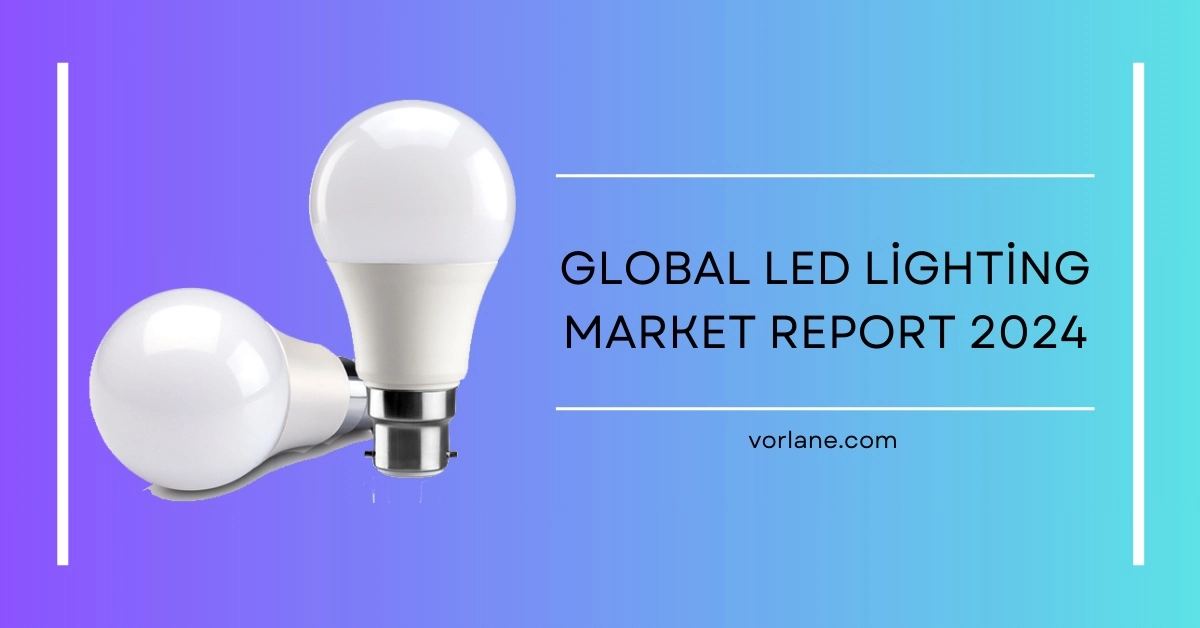
Explore the Global LED Lighting Market Report 2024 for insights on trends, growth drivers, and key players in the industry, including product segment and geographic
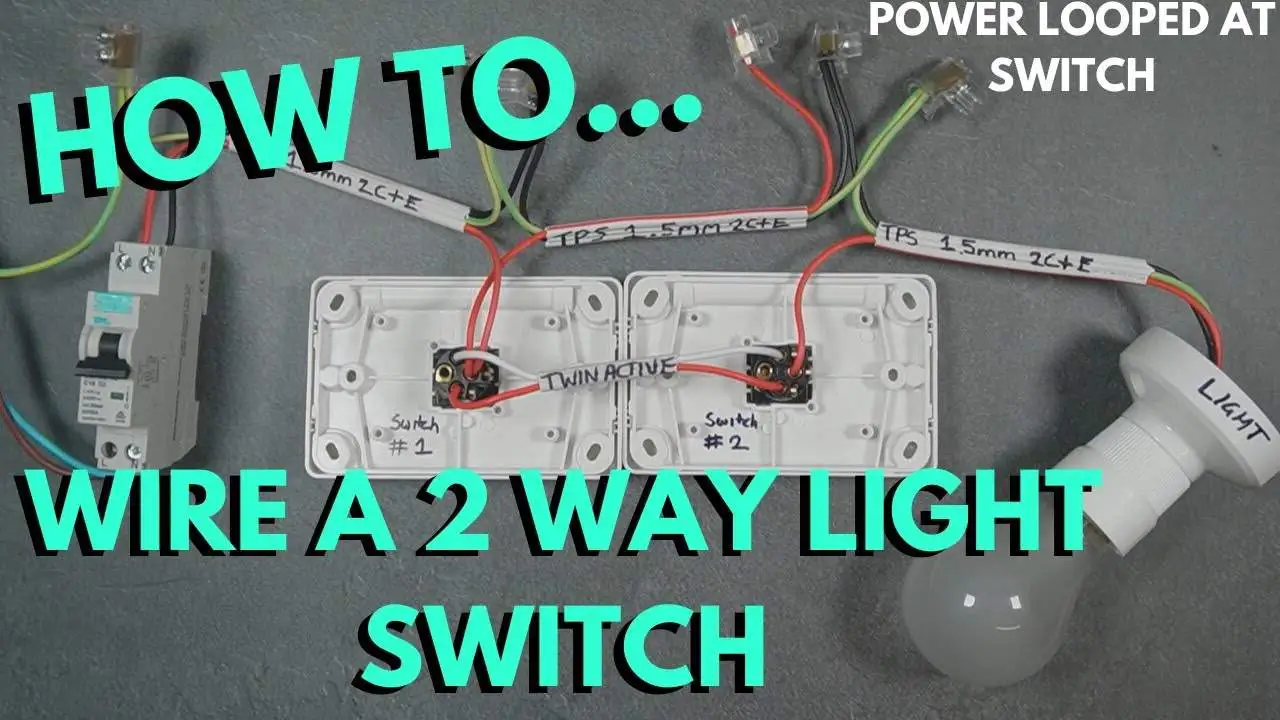
Learn how to wire a 2-way light switch effectively. This guide covers essential tools, step-by-step instructions, and safety measures for an installation.
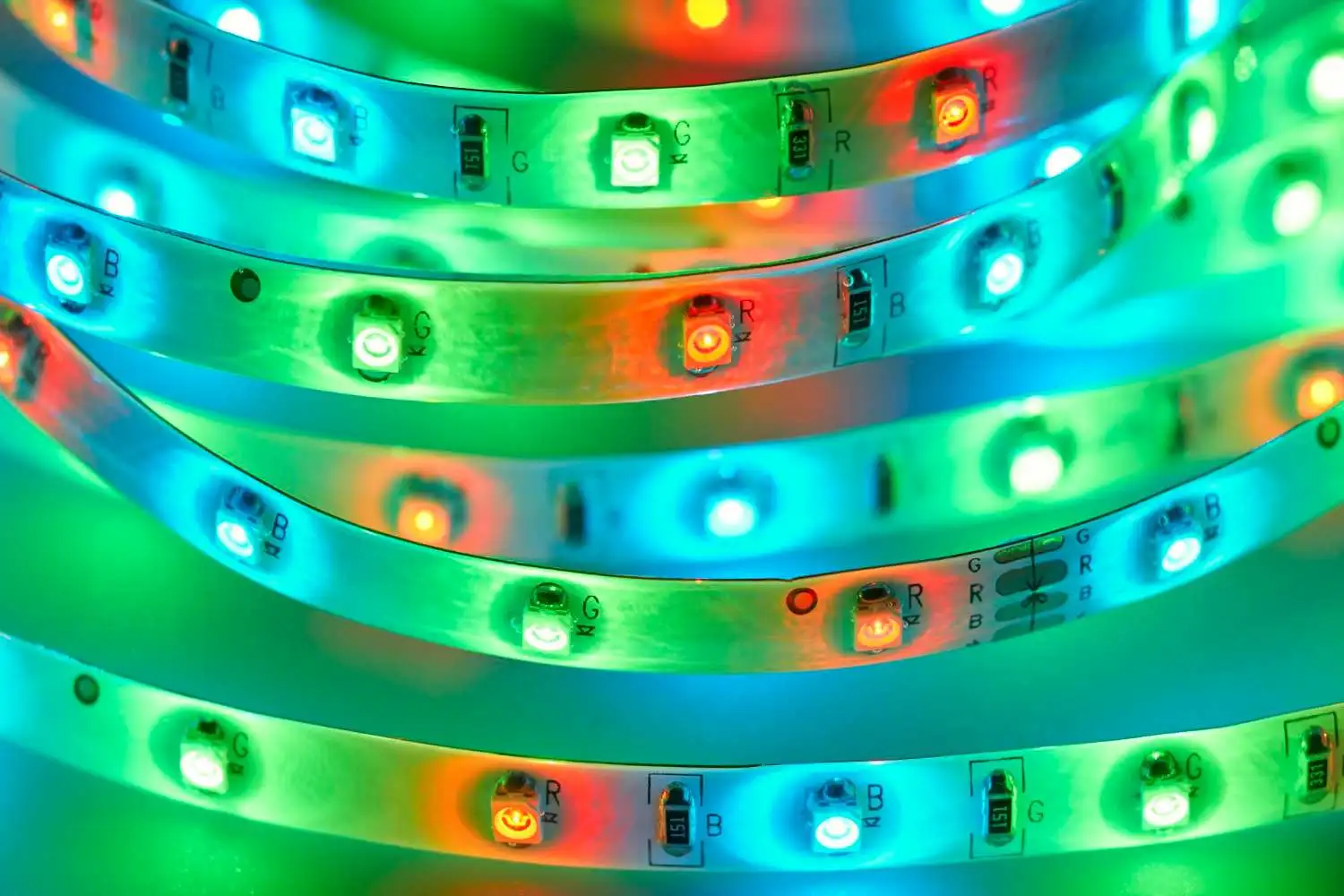
Choosing the right power supply for LED strip lights ensures performance and safety. Consider voltage, current, wattage, efficiency, and certifications.
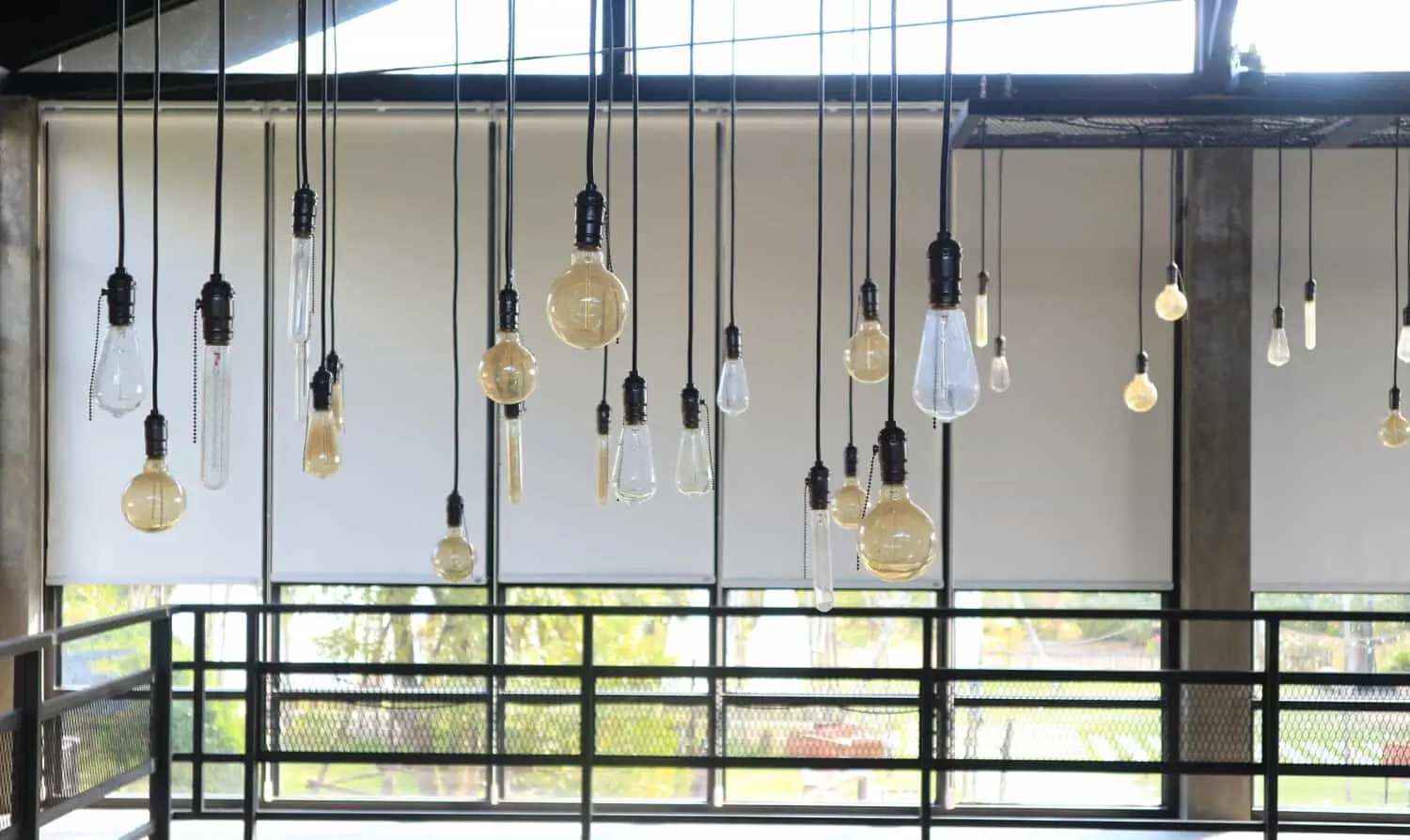
Discover the benefits of pendant lighting for your home. Learn about various styles, and their uses in enhancing aesthetics and functionality.
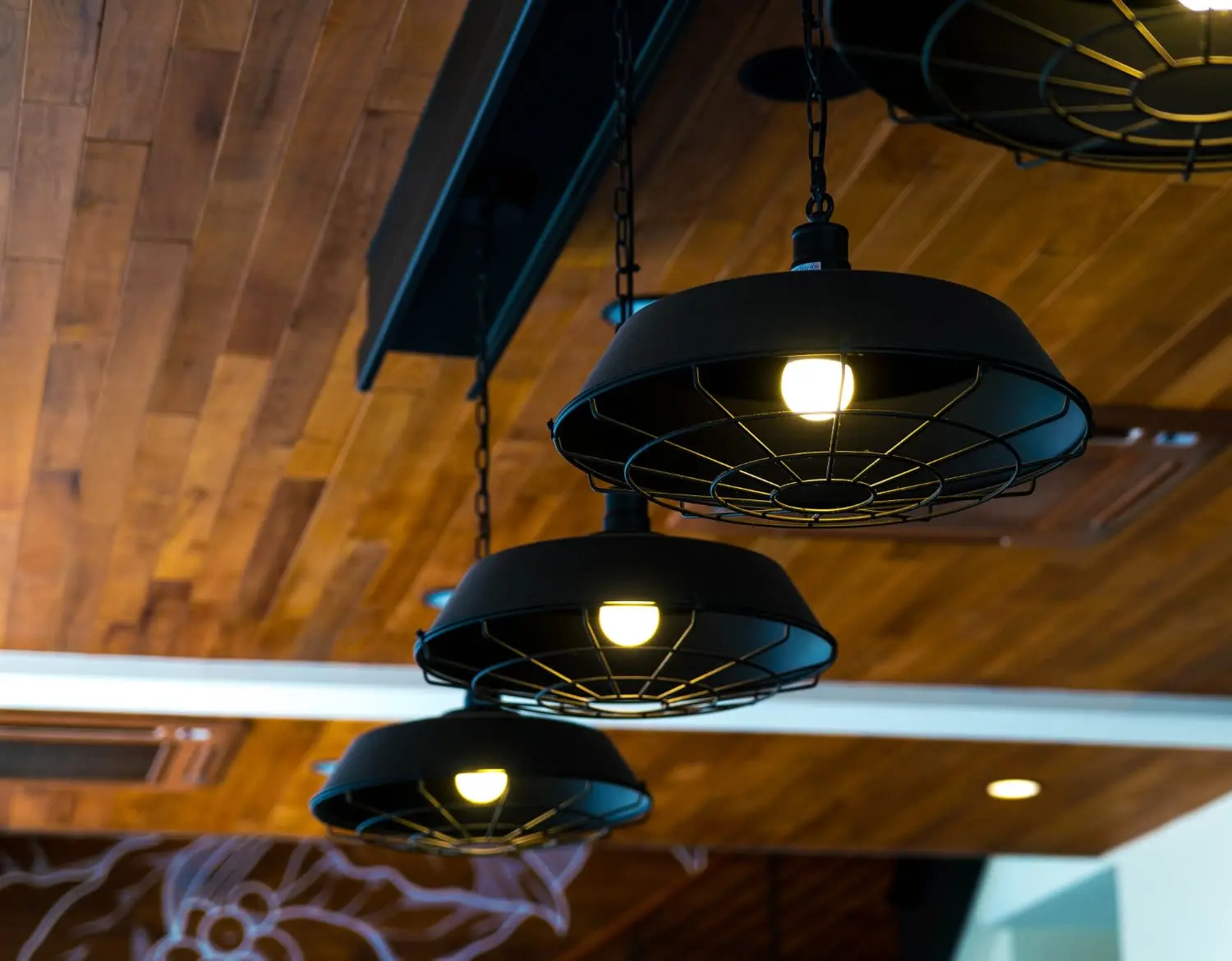
Discover top ceiling lights for your home, including pendant lights, chandeliers, flush-mounts, recessed, track lighting, cove lighting, and spotlights.


 | 這份LED產業研究報告價值一萬塊!想要取得可靠的產業數據來支援您的LED業務規劃嗎?在本報告中,您將:
*提交您的電子郵件以下載此文件。您的個人資訊不會分享給任何第三方個人或組織。 |
WhatsApp us
*我們尊重您的機密性,所有資訊都受到保護。